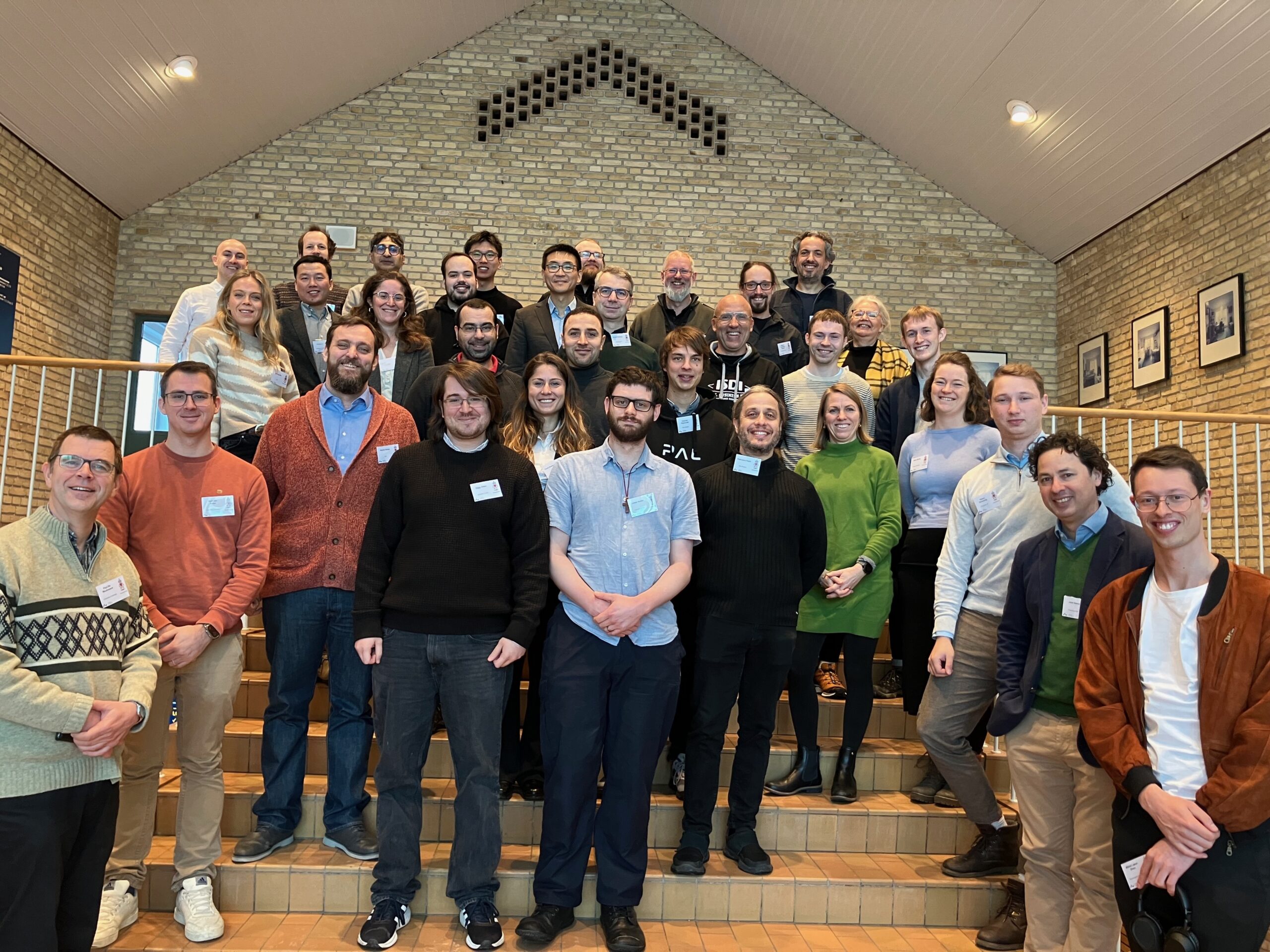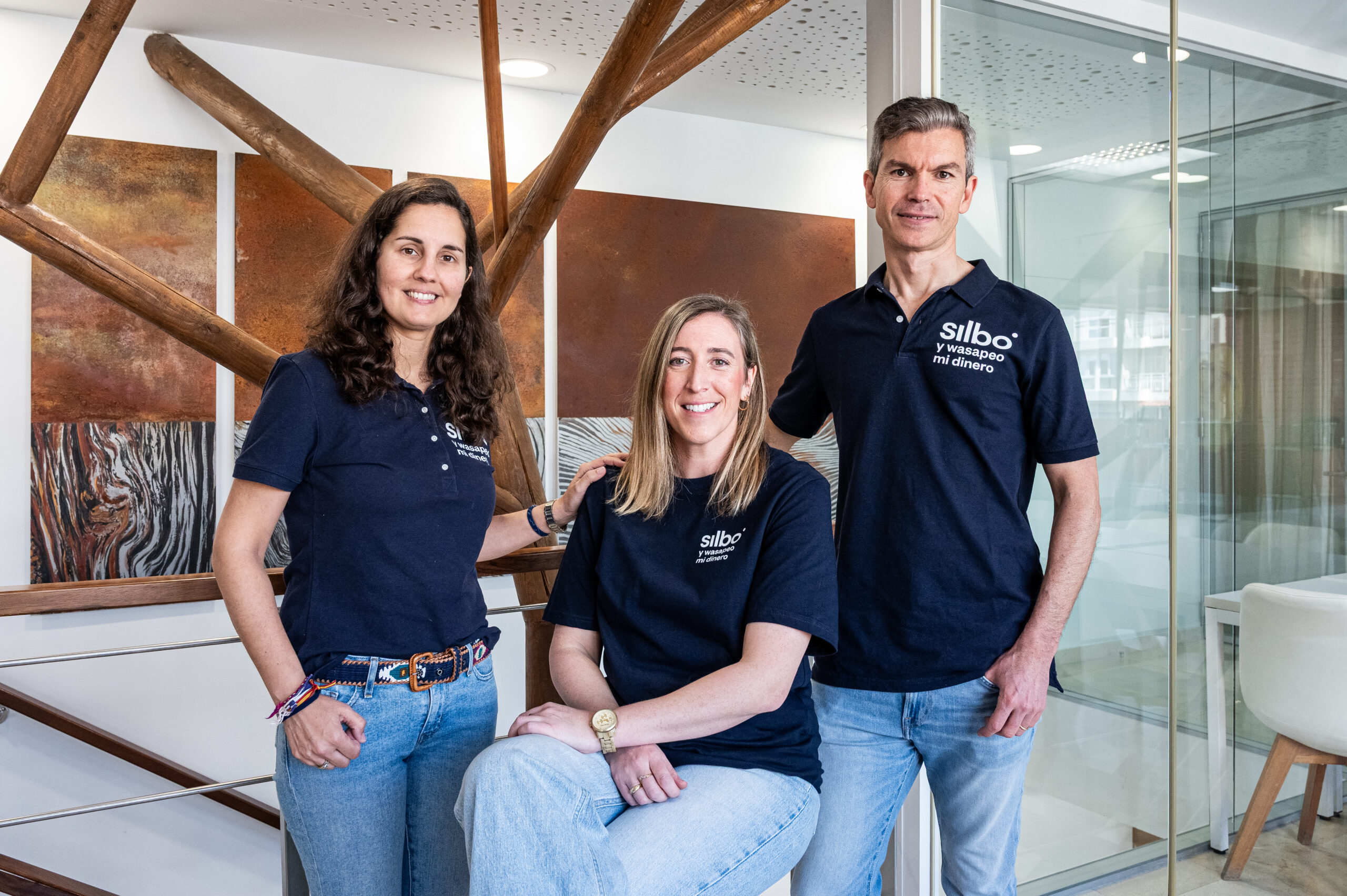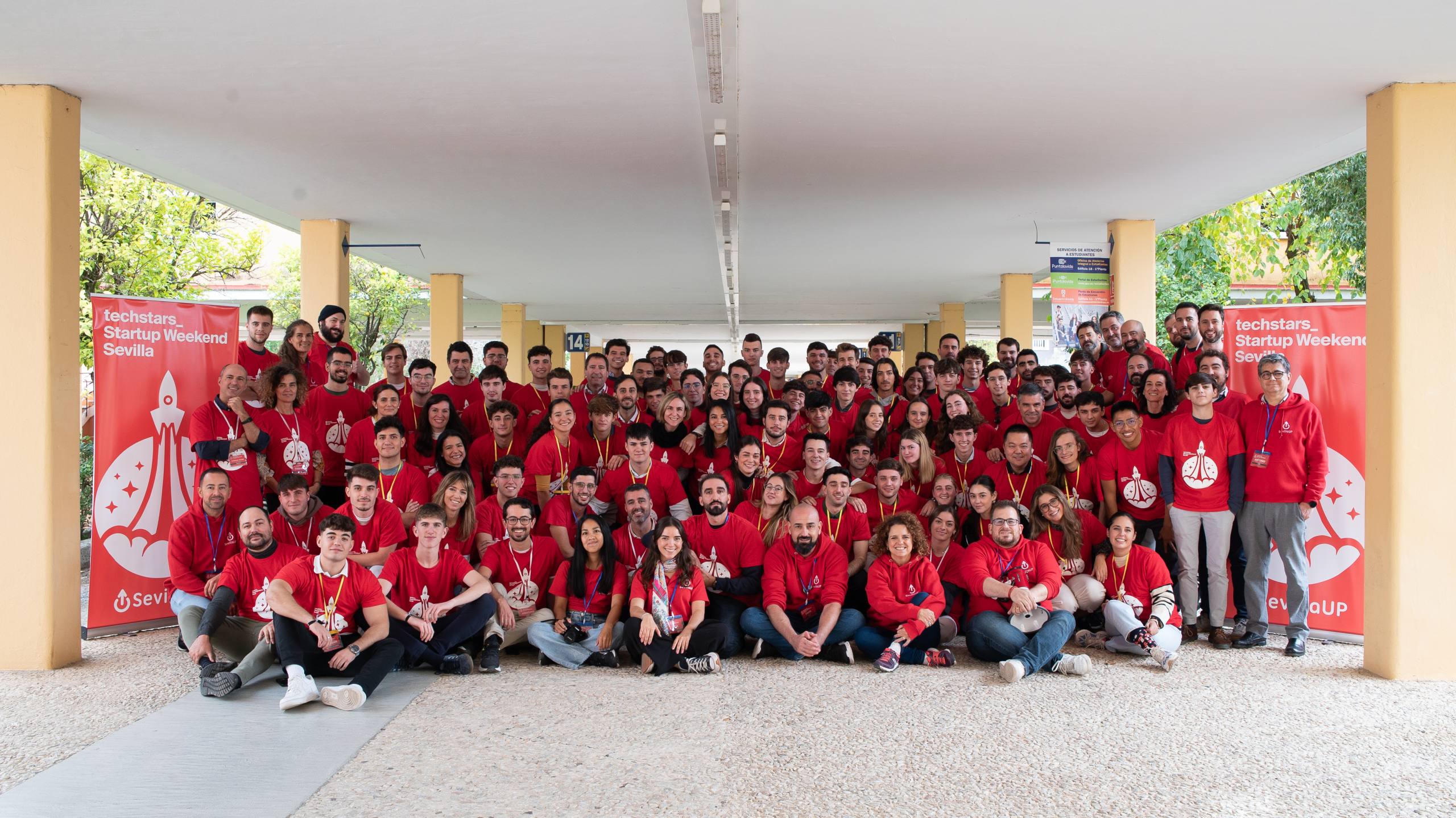The world is rapidly moving towards a new era for industry in which robots will play an integral role. Benefits of this robotic transformation include increased productivity and greater efficiency, which could lead to increased profits.
However, concerns remain about the safety and effectiveness of industrial robots, especially a new breed of self-adapting robot that can think for itself and make changes on the fly when obstacles arise.
A new project, RoboSAPIENS, which is funded by the European Union’s Horizon Europe 2021-2027 and includes partners from leading European universities, technology accelerators, and private research labs, was recently launched to ensure that the industrial robots of the future can readily adapt to changing environments, while maintaining safe and trustworthy collaboration with humans.
One of the consortium partners is Madrid’s ISDI digital business school. More specifically, the school’s IMPACT Accelerator program will help the consortium disseminate the consortium’s work among relevant industry stakeholders and digital innovation hubs.
The multi-year project’s main goal is to provide a new framework monitoring the safety and trustworthiness of self adaptive robotics for the industrial sector, and IMPACT Accelerator will work to help “foster the adoption and exploitation” of the research project’s results.
ISDI has developed dozens of incubation and acceleration programs, including for the European Commission, Toyota, UNICEF and other large organizations. Their impact has helped to birth hundreds of startups and increased collaboration between the startup, private and public sectors.
The RoboSAPIENS project also includes another Spanish consortium partner: Barcelona’s PAL Robotics. Founded in 2004, when a small group of engineers built Europe’s first fully autonomous biped humanoid robot, PAL Robotics is now a key player in Europe’s robotics industry.
In a post on their LinkedIn page about RoboSAPIENS, PAL Robotics shared that they’re “proud to take part in such an innovative project with our TIAGo OMNI Base,” which includes an animation interface to enhance human-robot interaction.
Other consortium partners from across Europe include Denmark’s Aarhus University, Aristotle University of Thessaloniki, AUTH (Greece); Danish Technological Institute, DTI (Denmark); Fraunhofer IFF, Fraunhofer (Germany); University of York, UoY (United Kingdom); University of Antwerp, UA (Belgium); Norwegian University of Science and Technology, NTNU (Norway) and Simula Research Lab, SRL (Norway).
The EU’s industrial robotics sector is swiftly growing. According to data from the International Federation of Robotics, industrial robot installations in Europe increased by 24% to 84,302 units in 2021.

“As the EU advances its industrial robotics capabilities, measures must be taken to ensure the safety and trustworthiness of the next generation of robots working alongside humans in a collaborative environment,” said Peter Gorm Larsen, a professor in the Department of Electrical and Computer Engineering at Aarhus University, and the coordinator of the RoboSAPIENS project. “With RoboSAPIENS, we will prepare Europe’s industrial robotics industry for rapid and unforeseen adaptability in system structure and environment, assuring trustworthy collaboration with humans by changing behavior while maintaining and even enhancing performance and safety.”
Over the next few years, RoboSAPIENS researchers will work to deepen the current autonomic computing framework — referred to as Monitor-Analyze-Plan-Execute-Knowledge (MAPE-K) — to include adaptive controllers in robotic applications and reconcile it with strict safety requirements.
The generation of the adaptive controller configuration will rely heavily on Deep Learning and Digital Twin (DT) techniques or a virtual representation of a physical object. Automated tests (virtual and real) will be implemented to assess the safe operation of the robot after adaptation, according to a statement from the consortium.
Specific program objectives include ensuring progress on critical points such as developing control software for open robotic self-adaptation; advancing safety engineering techniques; reducing task uncertainty with deep learning; and ensuring reliability using DL and computational architectures for robotic self-adaptation.








